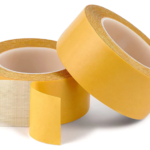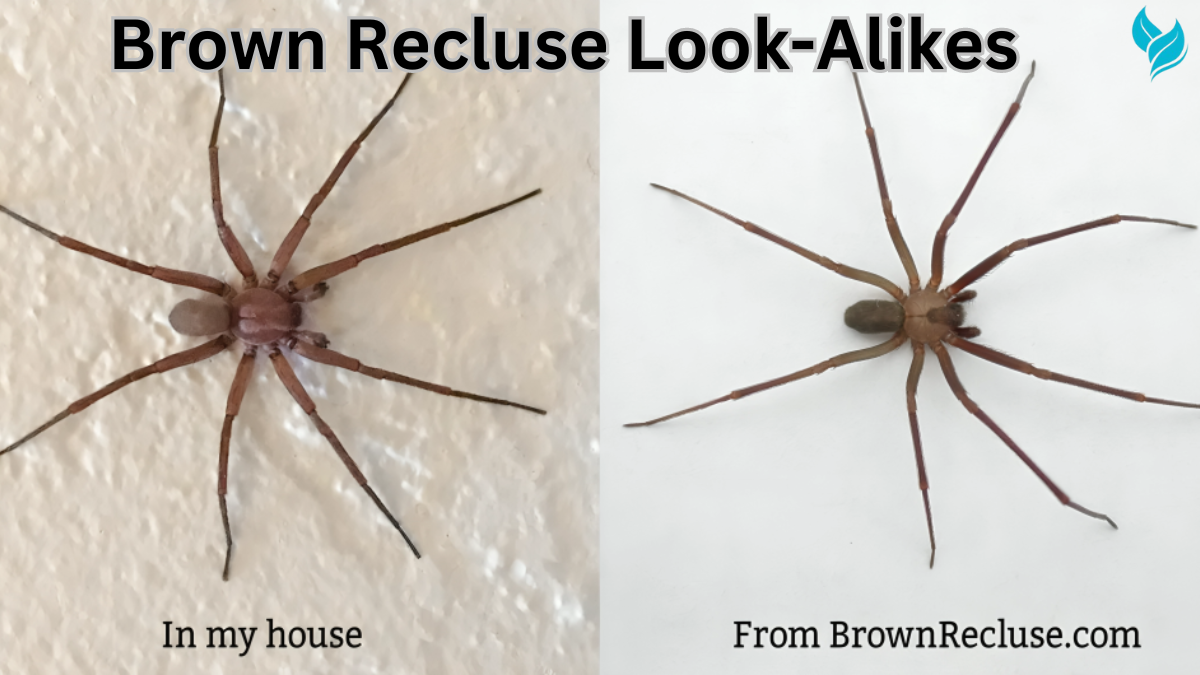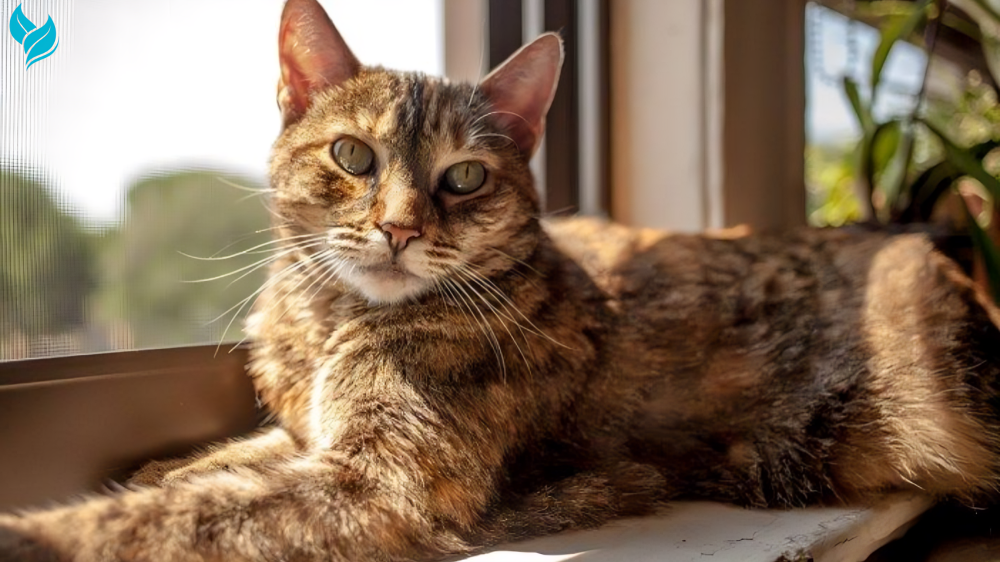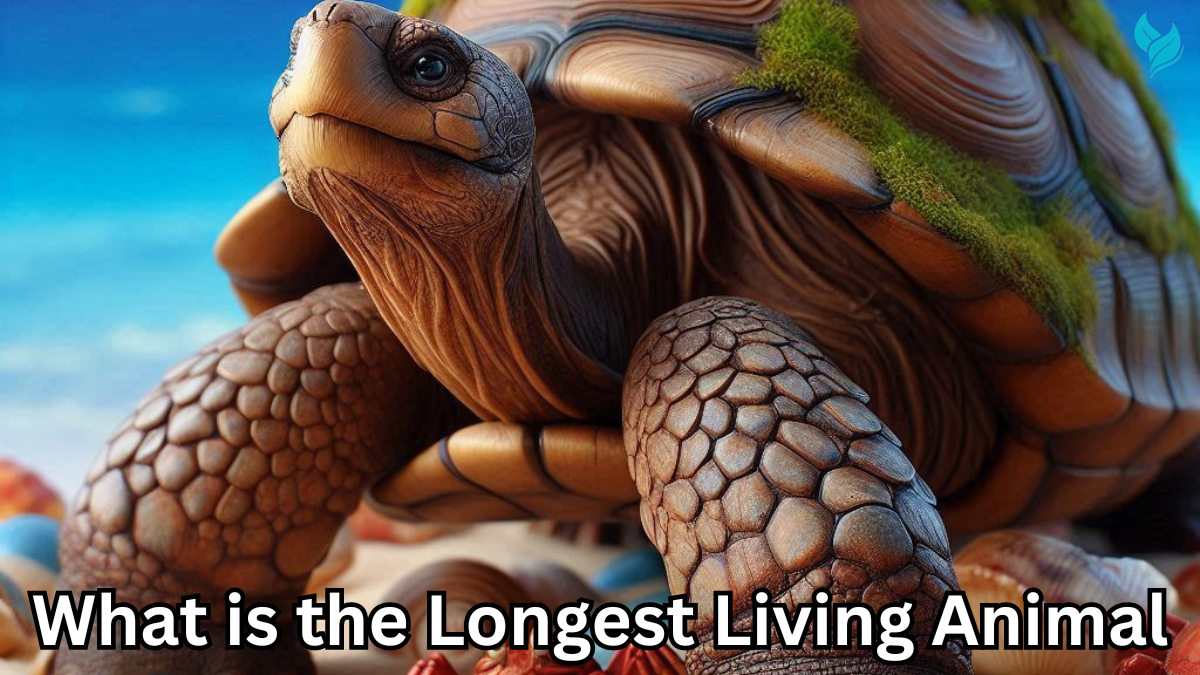The brown recluse spider is known for its venomous bite and distinctive appearance. Several spiders resemble the brown recluse, causing confusion for those trying to identify them. This comprehensive guide will explore the brown recluse look-alikes, helping you distinguish between these spiders and avoid unnecessary panic. We will cover identification tips, the ecological role of these spiders, and how to manage them effectively.

What is the Brown Recluse Spider?
Before exploring look-alikes, it’s crucial to understand what a brown recluse spider is and its significance.
Physical Characteristics
The brown recluse spider has distinctive features that set it apart from other spiders:
- Color: It typically has a brown or tan body.
- Shape: The spider’s body is roughly the size of a quarter, including its legs.
- Eye Arrangement: It has six eyes arranged in three pairs.
- Markings: A violin-shaped marking on the back of its cephalothorax (the front part of the body) is a key identifying feature.
Common Brown Recluse Look-Alikes
Several spiders resemble the brown recluse but are non-venomous and harmless. Identifying these look-alikes accurately can help in avoiding unnecessary fears and appropriate handling. Here are some common brown recluse look-alikes:
1. Yellow Sac Spider (Cheiracanthium spp.)
The yellow sac spider is often mistaken for a brown recluse because of its similar size and color.
Identification Features
- Color: Yellow sac spiders are usually pale yellow to light brown.
- Size: They are slightly smaller than the brown recluse.
- Web: They build small, sac-like webs in corners and crevices.
Key Differences
- Markings: Unlike the brown recluse, the yellow sac spider lacks the violin-shaped marking.
- Eyes: Yellow sac spiders have eight eyes arranged in two rows, compared to the brown recluse’s six eyes.
2. Wolf Spider (Lycosidae Family)
Wolf spiders are robust and can sometimes be mistaken for brown recluse spiders.
Identification Features
- Color: Wolf spiders range from brown to gray and have a more mottled appearance.
- Size: They are generally larger and more robust than the brown recluse.
- Eyes: They have eight eyes arranged in three rows.
Key Differences
- Body Shape: Wolf spiders have a bulkier, more robust body compared to the slender appearance of the brown recluse.
- Web: Unlike the brown recluse, wolf spiders do not spin webs; they hunt actively.
3. Orb-Weaver Spiders (Araneidae Family)
Orb-weavers can resemble brown recluses, especially in their juvenile stages, due to similar appearances.
Identification Features
- Color: They come in various colors, including brown and yellow.
- Web: They are known for their large, wheel-shaped webs.
Key Differences
- Web: Orb-weavers spin large, intricate webs, unlike the brown recluse.
- Body Shape: They have a more rounded and less slender body shape compared to the brown recluse.
How to Distinguish Between Brown Recluse and Look-Alikes
Accurate identification is crucial for distinguishing between the brown recluse and its look-alikes. Here are some tips for making this distinction:
1. Examine the Markings
The brown recluse is known for its violin-shaped marking on its cephalothorax. If you can’t spot this marking, it’s likely not a brown recluse.
2. Check the Eye Arrangement
Count the number of eyes. The brown recluse has six eyes arranged in three pairs, while most other spiders have eight eyes in various arrangements.
3. Observe the Web
The brown recluse does not spin webs for catching prey but hides in dark, undisturbed areas. Spiders
4. Consider the Body Shape and Size
Brown recluse spiders have a slender, elongated body. If the spider appears bulkier or has a different shape, it might be a look-alike.
Managing and Handling Brown Recluse Look-Alikes
While most brown recluse look-alikes are harmless, it’s essential to handle them appropriately to avoid any potential issues.
1. Prevention
- Keep Areas Clean: Regularly clean and declutter areas where spiders may hide.
- Seal Entry Points: Seal cracks and gaps in your home to prevent spiders from entering.
2. Safe Handling
- Use a Jar: If you need to relocate a spider, gently place it in a jar and release it outside.
- Avoid Direct Contact: Use tools like a broom or vacuum to handle spiders instead of using your hands.
3. Professional Pest Control
If you’re unsure about the type of spider or if you have a severe infestation, consider contacting a pest control professional for assistance.

FAQs
What is a brown recluse spider?
A brown recluse spider (Loxosceles reclusa) is a venomous spider known for its potential to cause severe skin lesions through its bite. It has a distinctive violin-shaped marking on its back and six eyes arranged in three pairs.
What spiders look like the brown recluse?
Several spiders resemble the brown recluse, including the yellow sac spider, wolf spider, and orb-weaver spiders. Each of these has distinct characteristics that differentiate them from the brown recluse.
How can I identify if a spider is a brown recluse?
To identify a brown recluse, look for the violin-shaped marking on its back, count the six eyes arranged in three pairs, and note its slender body shape. Compare these features with those of potential look-alikes.
Are brown recluse look-alikes harmful?
Most brown recluse look-alikes are harmless and do not pose a significant health risk. However, it’s important to accurately identify spiders to avoid potential dangers and manage them appropriately.
What should I do if I find a brown recluse or its look-alikes in my home?
If you find a spider that you suspect is a brown recluse or a look-alike, avoid direct contact. Use a jar to safely relocate the spider or contact a pest control professional for assistance if needed.
Conclusion
Understanding and identifying brown recluse look-alikes is crucial for anyone concerned about these spiders. While the brown recluse is a notable venomous spider, many other spiders resemble it but are harmless. By learning to distinguish between these spiders, you can effectively manage them and ensure a safer and more comfortable environment.
Accurate identification involves examining markings, eye arrangements, web patterns, and body shapes. Preventative measures and safe handling practices can help manage spider encounters effectively. For severe infestations or uncertainties, seeking professional pest control assistance is recommended.
As you approach 2024, staying informed about brown recluse look-alikes and their differences will help you navigate spider-related concerns with confidence. Understanding these aspects will enable you to address any issues appropriately and ensure a better grasp of these fascinating arachnids.











